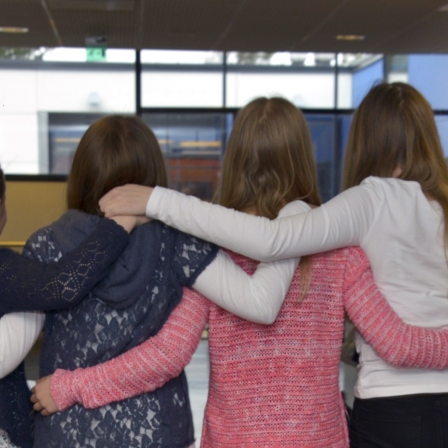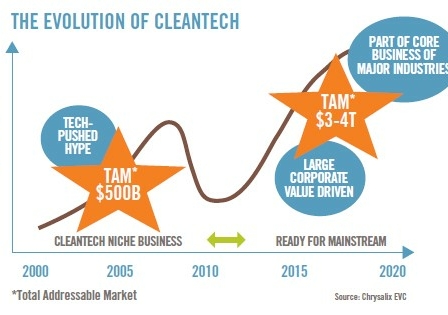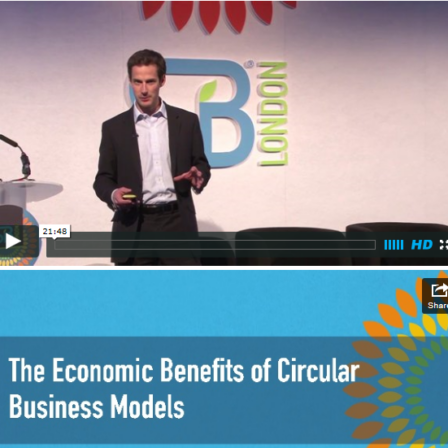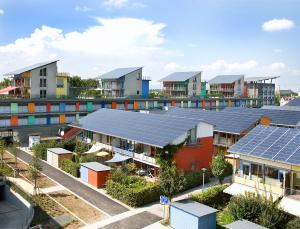INDUSTRIAL SYMBIOSIS
One man’s waste is another man’s raw material.
New business via industrial symbiosis
Changing economic structures, intensifying environmental problems and increasing demand-related requirements all mean that companies need to come up with more resource-intensive solutions. These can be achieved through co-operation between companies operating in various sectors, and alongside local authorities and municipalities.
Industrial symbiosis is an industrial ecosystem where unused or residual resources of one company are used by another. This results in mutual economic, social and environmental benefits. It is a process involving several companies – firms that complement one another provide mutual added value through efficient use of raw materials, technology, services and energy.
Joint development of industrial symbiosis provides an efficient way of thinking up, developing and testing product and service innovations. This, in turn, engenders new competencies, on which new business operations can be based.
Fewer natural resources, more added value
Business ecosystems based around industrial symbiosis provide more added value by using fewer natural resources than traditional industrial value chains. This means more efficient energy and water consumption, and reduced waste.
In industrial symbiosis, industrial operations, energy production, primary production, waste processing and the services supporting these combine to form an entity that provides products and services for end-user needs, while optimising resource use.
Sustainable growth
Sitra supports the formation of industrial symbiosis, while simultaneously promoting sustainable growth and the development of companies’ business operations. It is our goal to generate new models of success and practices, while identifying new competencies related to material cycles. In this way, we can promote the sustainable growth of Finnish companies in a global market.
























LATEST